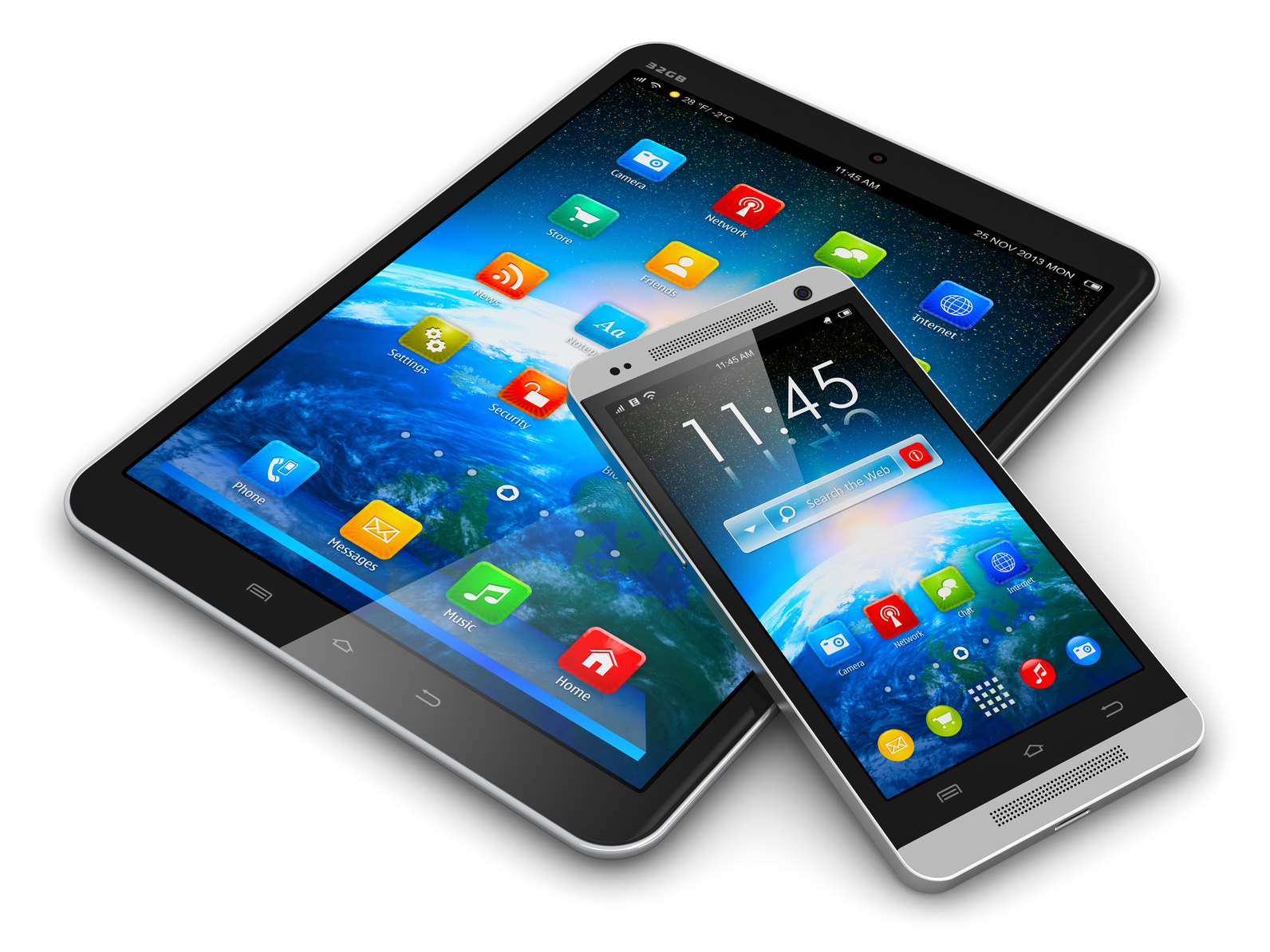
Have you ever taken a moment to think about the cleanliness of the cell phone you put by your ear and mouth? One recent study found that it’s one of the filthiest surfaces most people will touch all day — dirtier than a public toilet or a pet food dish. In fact, your smartphone or tablet is likely harboring bacteria, such as E. coli, influenza, or MRSA. Ready to give your device a good scrubbing? We did a little research to uncover the best products and procedures for keeping your phone, tablet, and accessories germ-free.
Step 1:
Before you clean any high-tech product, turn it off completely and unplug cables. This will minimize damage if any liquid should get on the device. Also, remove the case or cover and, if possible, take out your phone’s battery.
Step 2:
The screen is perhaps the dirtiest part of a phone or tablet, especially those with touch screens. To wipe away fingerprints, smudges, and bacteria from the screen, use a dry, lint-free microfiber cloth (paper-based towels, even the softest tissues, can cause scratches). If absolutely necessary, lightly dampen the cloth with water, but never use any cleaner with alcohol or ammonia on a touch screen.
Use light pressure when wiping the screen to avoid scratches. Older and low-end phones with plastic screens can easily scratch. Some newer smartphones and tablets have a coating that repels oils from your skin, and rubbing the finish too hard will wear it away quickly. If your device has a glass front and back, you’ll need to clean both sides with the same care. If you’re not sure of your phone’s construction, ask the manufacturer or your mobile service provider.
Finally, be very careful if your screen is cracked. Wiping it at all can cause the cracks to spread and a damp cloth can cause water damage. It may be best to skip cleaning the screen until you are able to replace it.
Step 3:
Now, clean the shell of your device. It’s fine to use a small amount of water on these metal and plastic parts, but be careful to not let any liquid touch the screen or get into the ports. Window cleaners, ammonia, or other household chemicals and disinfectants are too harsh. Dip your microfiber cloth or a cotton swab in water and clean the shell, including the camera lens and inside the battery cover, if possible. Wipe up excess moisture with a dry microfiber cloth or let everything air dry. Never use a hairdryer to speed up the process as the heat could warp your device.
Step 4:
Don’t forget to also occasionally clean the keyboard, stylus, cables, and other accessories you frequently handle. You can use cleaning wipes from the computer store to remove debris and disinfect any of these products. For a DIY option, dip a cotton swab in rubbing alcohol and gently run it over all areas of the accessories. Don’t use compressed air to blast away dirt because the force can cause damage. To loosen stubborn dirt from ports, connectors, or under keys, use a dry paintbrush instead.
Step 5:
If you keep your phone or tablet in a case, it’s important to also keep the case clean. For a plastic case, use rubbing alcohol or an all-purpose disinfectant on cotton swabs to wipe both the outside and inside. If you have a leather case, use leather cleaner according to the manufacturer’s directions. Fabric cases that cannot be thrown in the laundry machine are nearly impossible to clean and the most likely to harbor bacteria; avoid them if possible.
Step 6:
Allow the device, case, and components to dry completely before reassembling the pieces and turning it back on. Your phone or tablet is now clean and ready to use.

